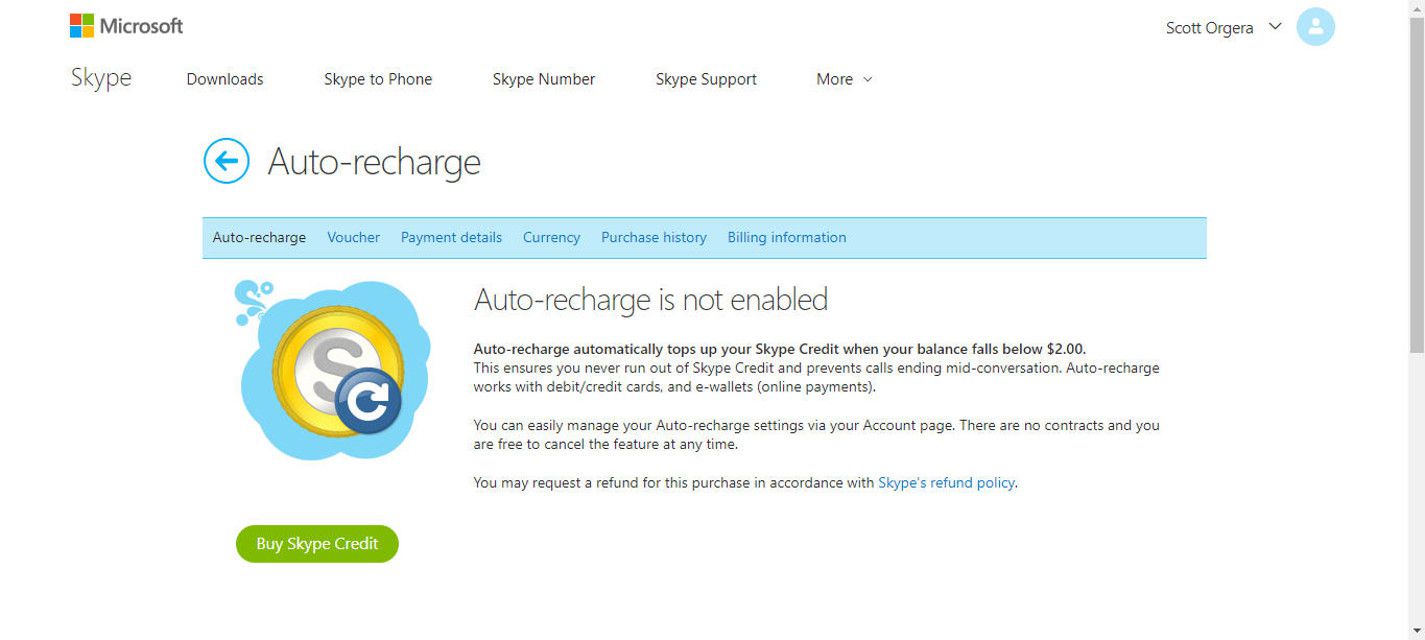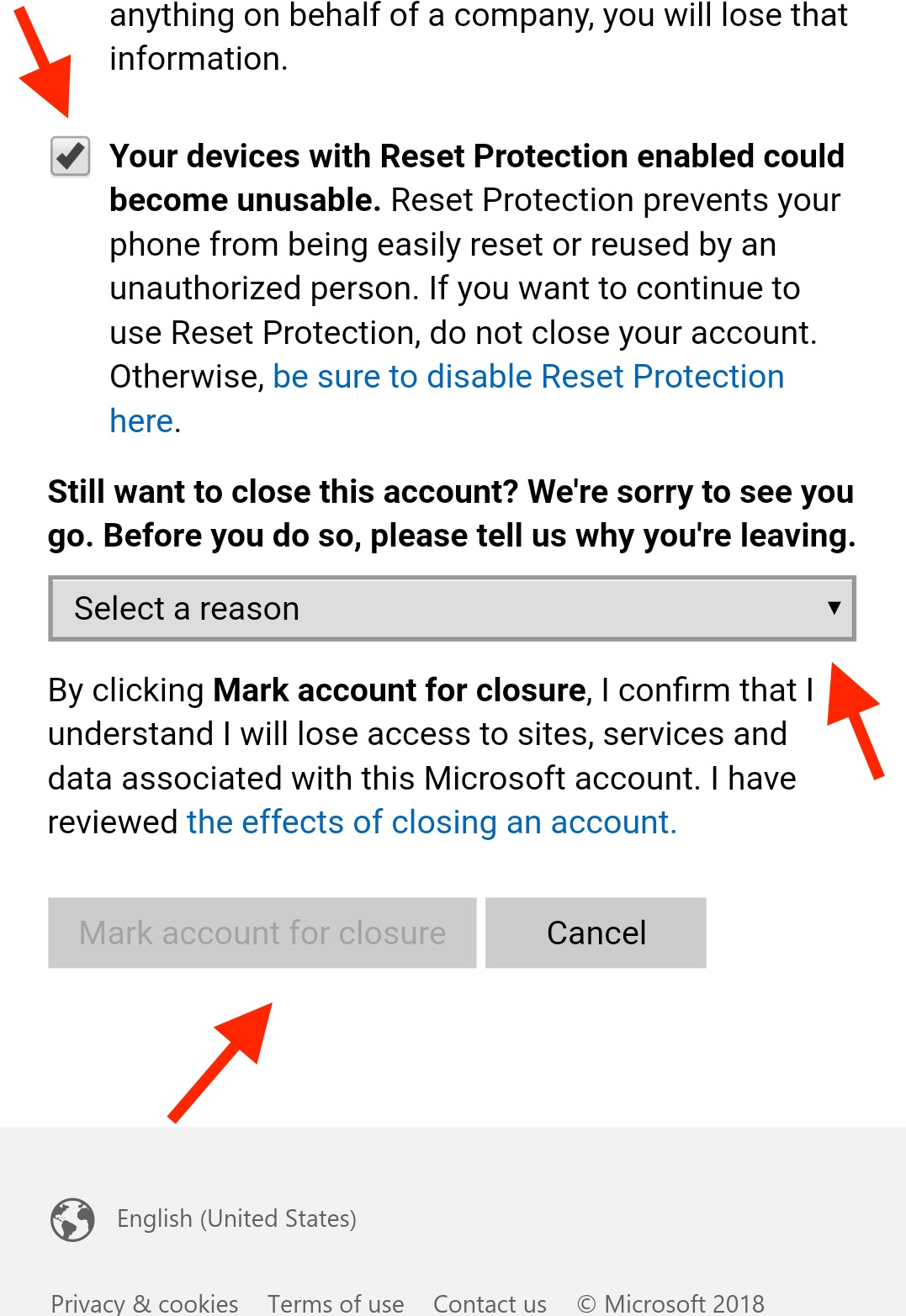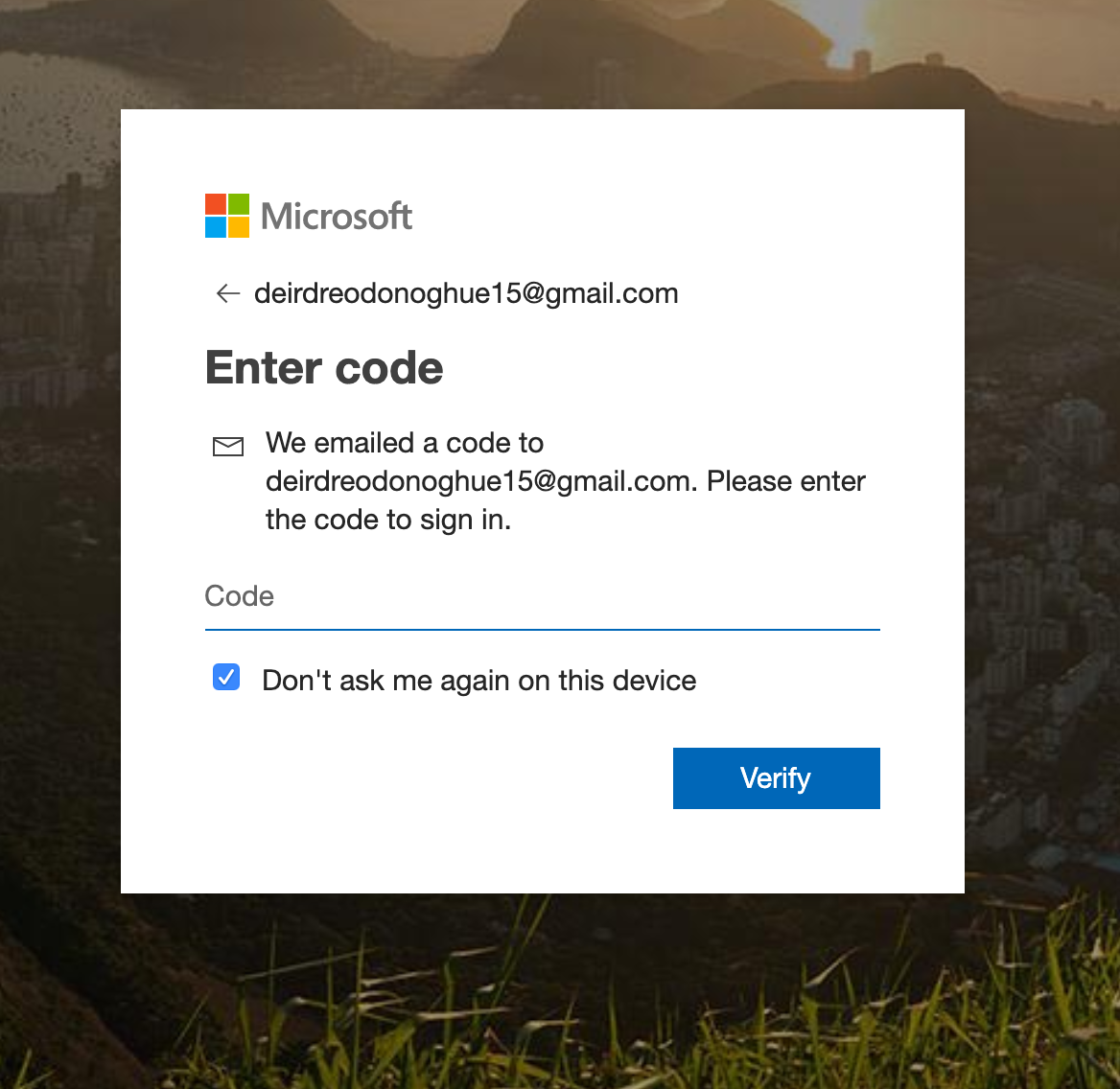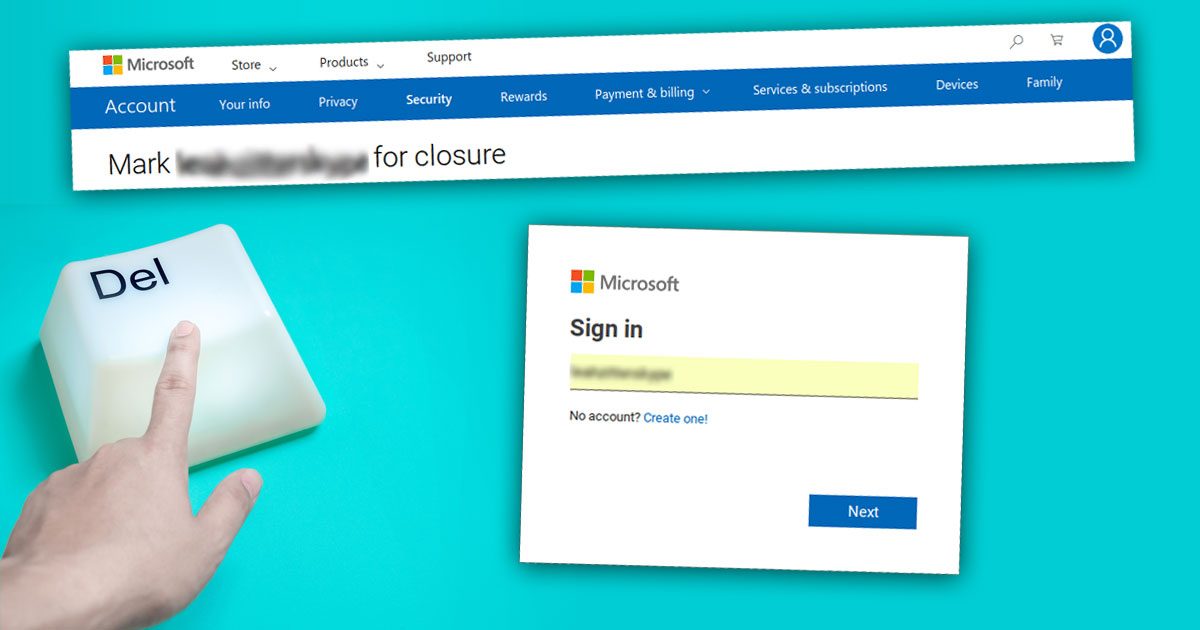

I did the “Select” statement from above to find that the previous user’s SIP address was still present in the RTCLocal instance but they did not have a Lync Account or Active Directory account.

I caught a break for one person who knew who previously had the phone number assigned to them. Maybe there was an old user account who previously had the same phone number attached to their account, and it was still present out on the Front End and Director servers. We gathered logs and did troubleshooting for two months before the solution came to me.

More than likely this will only return the user who is having the issue. Note the asterisks (*) on each side of the extension. Weird, Lync is pretty good about not letting you reuse phone numbers and extensions in the LineURI.įirst, let’s check everyone’s LineURI and see if there happens to be anyone with the same extension or phone number: Get-CsUser -ResultSize Unlimited | Where-Object | select Identity, LineURI When you clicked the error, it displayed the message “There is more than one contact with your phone number”: When someone was trying to make a Lync VoIP call or join a conference using Lync audio, they got the message saying “Cannot complete the call”. In our case, we reuse the same Active Directory account when the employee returns for employment, so we had to modify our de-provisioning process to use Set-CsUser -Enabled $false.

If the Active Directory is reused when the employee returns, use Set-CsUser -Enabled $false when de-provisioning a user. If the Active Directory account is deleted, use Disable-CsUser. According to the support engineer I worked with, the accounts not being cleaned up properly can occur if we use Disable-CsUser versus Set-CsUser -Enabled $false for terminated people. Now recreate the Lync account and verify the user is able to log in. If it returns a result, run the following SQL command to remove it: execute '' Next, to see if the SIP address is still present in the RTCLocal instance after disabling the Lync account, run the following SQL query on theFront End or Director server to see if it still exists: Select * from. Once the Lync account is removed, wait 15 minutes for replication to complete. To resolve this issue, first disable and remove the Lync user account by running Disable-CsUser. After spending some time with Microsoft support, we were able to determine that the SIP address was still present on the Front End and Director servers in the RTCLocal instance even though the SIP address was not assigned to an active Lync account. If we added something like a 1 to the end of the address, they could sign in just fine. Two interesting problems with Lync in the past few months, and both had a similar solution.įirst, we had returning employees (they left and then came back to the company) who could not sign into Lync with their same SIP address.


 0 kommentar(er)
0 kommentar(er)
